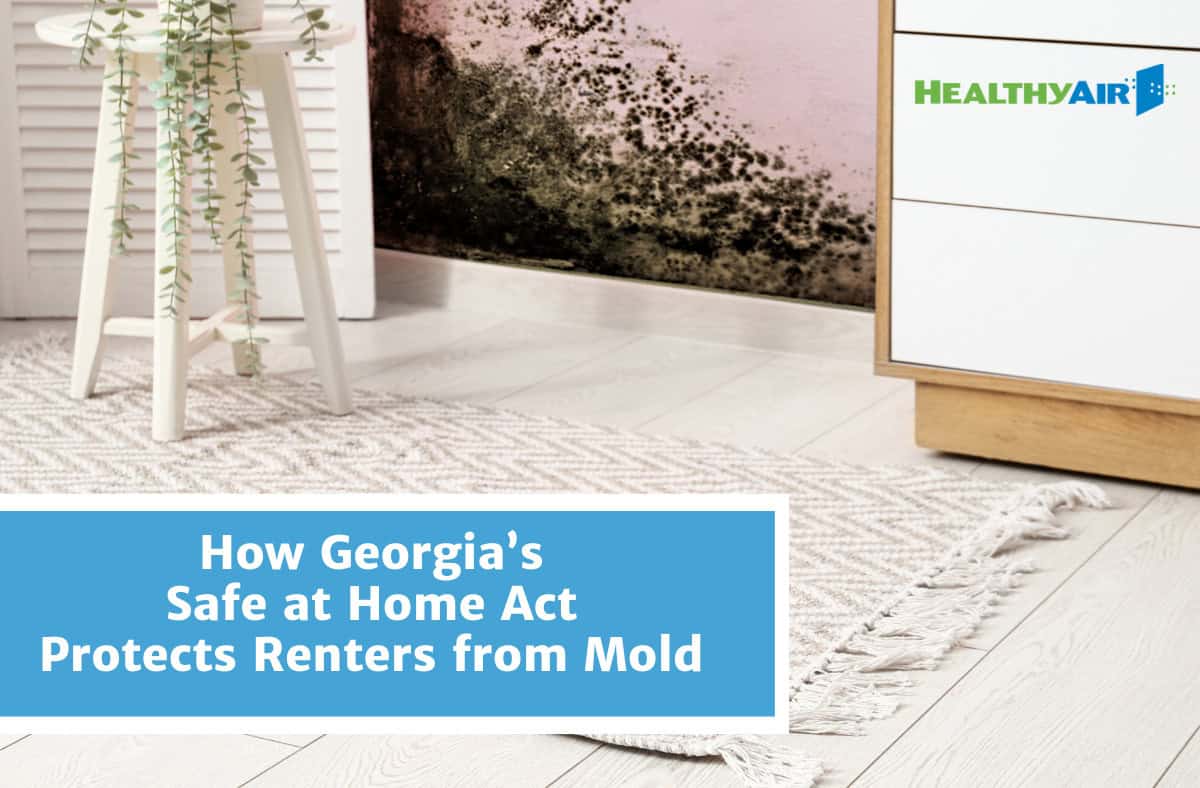Why Home Mold Remediation is Crucial For Your Safety

Why Home Mold Remediation is Necessary
Mold spores are all around. They are part of the environment. Typically, they will not bother the average person. However, when these spores find the right conditions for sprouting, they can wreak havoc with your health. It is the primary reason why professional home mold remediation is essential for your safety.
Moisture + Warmth = Fungal Growth Potential
A consistent influx of moisture has the potential to create the right growth environment for mold spores. As they sprout, they create a thriving fungus patch. You might not notice it at first. Many people first notice the health problems they encounter before looking for possible mold infestations. Others cannot help but notice the black, green, or blue discoloration taking place where moisture builds up.
How Mold and Health Problems Connect
If you are susceptible to mold allergies, you may experience typical allergic reactions to the increasing mold spore count in the home. Examples include headaches, fevers, flu-like symptoms, and fatigue. People with compromised immune systems or respiratory health problems will most likely notice worsening of the conditions. In extreme cases, allergic reactions to mycotoxins can be debilitating and interfere with your quality of life.
What Mold Remediation Accomplishes
A small mold patch on a non-porous surface is easy to clean up. Simply use a commercial mold remover and follow the instructions on the bottle. Remember to wear eye protection as well as gloves to protect yourself while doing so. However, when the fungus grows on porous materials, you need professional help. Commercial cleaners do not penetrate the material and eradicate mold.
When professionals go to work, they begin by inspecting your home. The goal is to verify the presence of mold as well as the scope of the infestation. Next, they contain the problem. It is not unusual for homeowners to catch the problems early. When you do so, specialists will prevent spores from traveling to other areas of the house. Typically, this requires the use of plastic sheets to close doorways and vents.
From there, they use best practices to handle the problem.
- Cleaning affected areas. Technicians remove the visible growths. Frequently, this means eliminating the surfaces that they sprouted on. Although it is possible to keep some surfaces in place, it is often less expensive to remove affected items. Case in point is a rug or drywall section.
- Fogging. Specialists apply antimicrobials that travel to where the fungus grows. This step kills the spore colony. It destroys the patches of growth you see. Most importantly, it kills the networks of mold hyphae that you cannot see.
- Encapsulating the space. Preventing a recurrence of mold activity is possible when you direct specialists to apply growth-inhibitors.
Beyond a Home Mold Remediation
Remember that the remediation only targets current mold problems. While it can assist with preventing future growth, it is essential to locate the root cause of the moisture build-up that let to spore maturation. Sometimes, you might be dealing with insufficient ventilation. At other times, there is a roof or slab leak to blame.
Learn more about dealing with mold and contact the pros at Healthy Air USA today.



